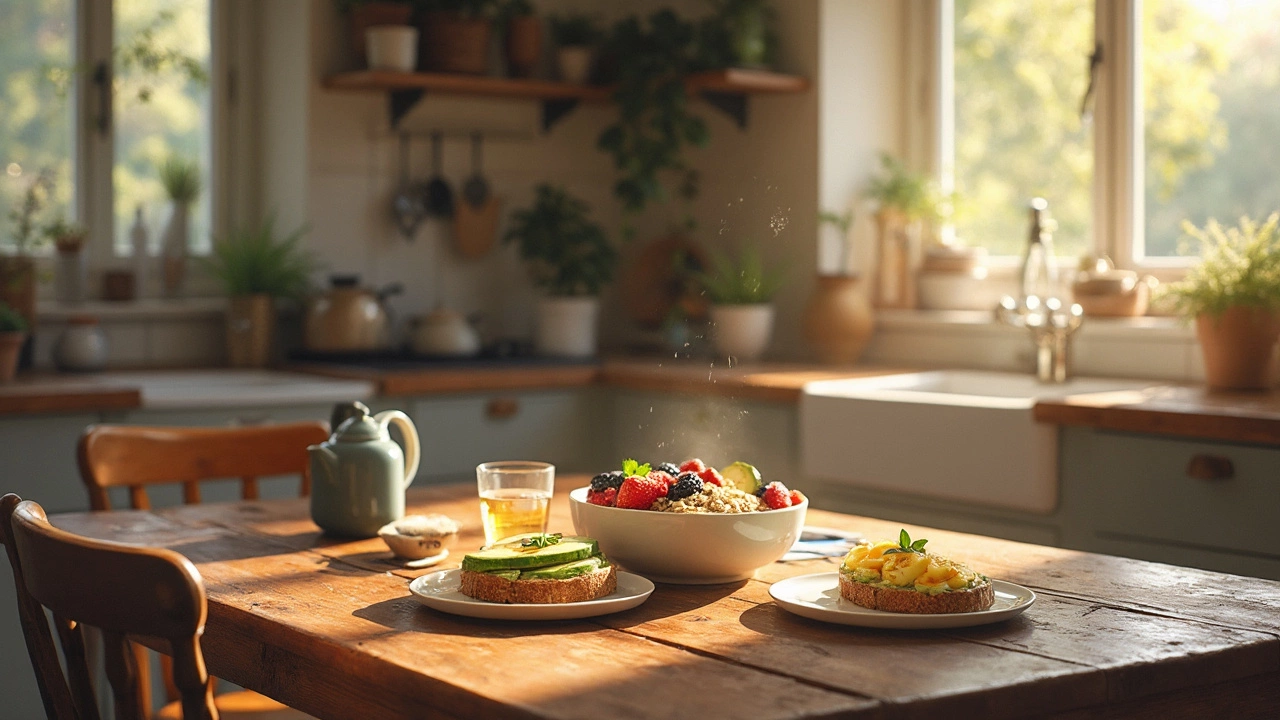Nutrition Resources for Students and Parents
Did you know that a single bite of the right food can boost a child's focus for the whole morning? At Ballywalter Primary we see the difference a balanced plate makes in the classroom. This page gathers the most useful nutrition advice from our blog, from simple snack swaps to the science behind why blueberries protect the brain.
Quick Tips for Better Eating
Start with a colour check. If the lunchbox has at least three different colours, chances are the meal includes a mix of vitamins. Swap white bread for whole‑grain wraps, add a handful of berries, and replace sugary drinks with water or a splash of 100% fruit juice. These tiny swaps keep energy steady without a crash.
One habit that hurts memory the most is eating processed snacks straight after a lesson. The spike in sugar followed by a dip makes it hard to recall what was just taught. Instead, reach for a piece of fruit, a small handful of nuts, or yoghurt with a drizzle of honey. The protein and healthy fats keep the brain fueled.
Our post about blueberries shows how this little fruit can help protect against dementia later in life. Adding a cup of fresh or frozen blueberries to breakfast cereal or a morning smoothie is an easy way to load up on antioxidants that support brain health.
Why Good Nutrition Matters at School
Kids who eat a balanced breakfast are 20% more likely to stay on task during lessons. The brain needs glucose, but it also needs vitamins and minerals to turn that glucose into energy. When a child skips breakfast or eats a sugary pastry, the brain’s fuel supply dips fast, leading to restlessness and missed information.
Our school meals programme follows national guidelines for portion size, variety, and nutrient balance. We aim to serve at least one fruit or veg serving each day, and we keep added sugars low. Parents can reinforce this at home by offering similar portions and keeping junk food out of sight.
For families on a budget, plan meals around seasonal produce. A potato, carrot, and onion stew can stretch across several lunches and still provide fibre, vitamin C, and potassium. Prep larger batches on the weekend, then portion into reusable containers for the week.When it comes to snacks, think of them as mini‑meals. Pair a slice of cheese with whole‑grain crackers, or an apple with peanut butter. This combo gives protein, fibre, and a slow‑release of energy that helps kids stay focused until the next break.
Lastly, involve children in food choices. Let them pick a new vegetable each week or help assemble a fruit salad. When kids feel ownership over their meals, they’re more likely to try new foods and develop a lifelong habit of healthy eating.
Use the articles linked below for deeper dives into specific topics, like the worst eating habit for memory loss or the brain‑boosting power of blueberries. Each post offers clear steps you can try today, without needing a nutrition degree.
Good nutrition isn’t a fancy concept – it’s simply choosing foods that keep bodies strong and minds sharp. Start with one small change this week and watch the difference it makes in class, on the playground, and at home.
-
5
- 0
Choosing the right breakfast on the morning of a test can impact your performance. This article explores the best food options to fuel your brain, focusing on a mix of proteins, healthy fats, and complex carbs. Learn why hydration matters and get easy breakfast ideas that you can prepare quickly. Make smarter choices to start your test day with the right energy. Read more
Tags Weight
- education
- exam preparation
- study tips
- adult education
- online courses
- adult learning
- lifelong learning
- distance learning
- GCSE revision
- online education
- private tutoring
- special needs education
- scholarships
- remote learning
- scholarship tips
- financial aid
- international students
- effective learning
- e-learning
- education funding

